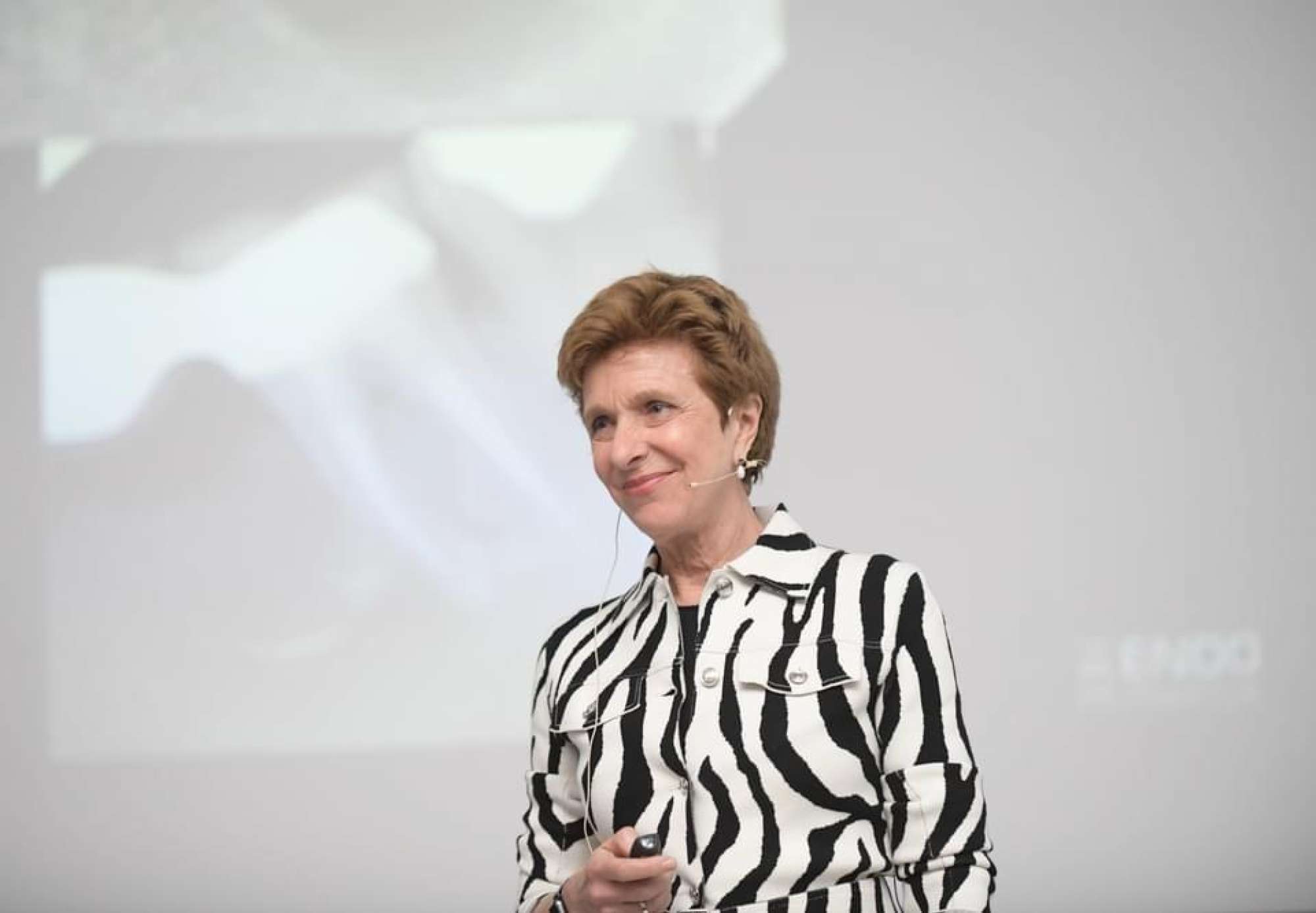A hands-on course by Dr. Marga Ree at the Endo Inn in Oslo

Duration: 2 days (16 CE hours)
Program: 09:00-17:00 both days
This 2-day hands-on course will cover several aspects of traumatic dental injuries.
Dr. Marga Ree will not only address endodontic management of dental trauma, but also focus on the restorative follow-up treatment.
Besides a theoretical (online) presentation and onsite discussions, the main part of this course will take place in the laboratory with clinical demonstrations and exercises by the participants. CBCT will be available during the course for treatment planning some of the clinical hands-on procedures.
A variety of topics will be addressed during the course, including
Tooth fracture can occur at any age due to falls, sports, traffic accidents or foreign objects striking the teeth. The consequence of such an impact on a tooth varies from mild enamel chipping to complex crown-root fractures with pulp involvement. Treatment of young permanent teeth with pulp involvement represents both an endodontic and a restorative challenge. When the pulp is exposed in an immature tooth, the dentist is faced with an endodontic and restorative challenge. Preservation of pulp vitality is of major importance and the use of calcium silicate materials is considered to be the gold standard. Dr. Marga Ree will address how an inflamed pulp should be treated to limit damage caused by the injury and to maximize the chances of pulp survival. She will focus on endodontic, but also on restorative aspects, and show you which restorative solutions are available, varying from smoothing out sharp edges, re-attachment of the original fragment or restoration with composite or ceramics.
In addition, treatment options for non-vital teeth with open apices will be discussed. Although regenerative endodontic procedures (REP) have been recommended as a promising alternative to the calcium silicate cement barrier technique, there are still limitations and disadvantages, which might result in an unpredictable outcome. In contrast, there is substantial evidence of the favorable outcome of immature teeth treated with the MTA barrier technique.
The discolored anterior tooth is a common aesthetic concern for many patients. It can have a profound effect on their self-esteem, interaction with others and employability. Discolored vital and non-vital teeth are frequently compromised owing to previous trauma, endodontic therapy and failed restorations. Destructive invasive treatment options are likely to weaken the residual structure of the tooth. This can reduce the prognosis and challenge the long-term viability of the tooth. Another dilemma is whether it is always necessary to do endodontic treatment in a yellow front tooth with a calcified root canal system.
Modern approaches to the treatment of discolored teeth will be discussed. The importance of preventing and eliminating the potential for discoloration will be highlighted. Detailed technical information on the application of the various bleaching techniques will be discussed, with many clinical examples.
Resorption is a condition associated with either a physiological or a pathological process resulting in loss of hard tissue. Various internal and external root resorption processes may occur in teeth, and it may be challenging to accurately diagnose a resorptive process. Resorption may occur following a traumatic dental injury, but it can also develop during orthodontic treatment. In this presentation, inflammatory root resorption, replacement resorption, internal resorption and invasive cervical resorption will be discussed. The last type of resorption is frequently misdiagnosed as caries, resulting in improper treatment that may lead to premature loss of the tooth. In order to choose an appropriate treatment strategy, it is paramount to understand the pathological and physiological processes involved in different types of resorption.
Theoretical part
Hands-on training:
Marga Ree, DDS, MSc obtained her degree in dentistry from the University of Amsterdam in 1979 and completed her residency in endodontics in 2001. She is a popular speaker for dental and endodontic conferences, and has given over 300 presentations and hands-on courses in more than 30 countries all over the world. She is the primary author of many articles published in national and international journals and has contributed to several books on endodontics and restorative dentistry. From 1980 till 2020 she maintained a private practice in Purmerend, which for the last twenty years was dedicated to endodontics. She is presently working at a multidisciplinary dental practice in Amsterdam.
Marga Ree has been in dental practice for more than 40 years, and has practiced endodontics since 1998. She recently undertook a recall of all her trauma patients, of which she was able to recall 80%. She will present her findings including some of the complications she observed such as pulp canal obliteration and root resorption. She will discuss the importance of multidisciplinary care and long-term follow-up, with emphasis on the role of minimally invasive endodontic and restorative treatment. Careful treatment planning and timely, well-executed treatment is paramount to avoid further damage to the dentition. A variety of cases with long-term follow-ups will be presented.
New course dates coming soon!